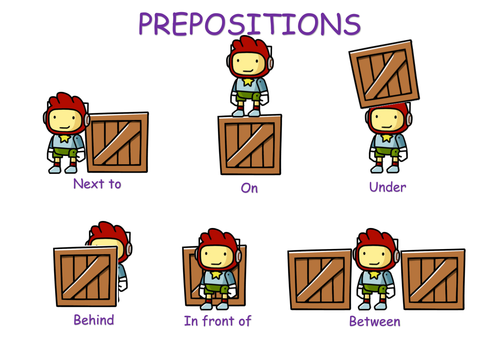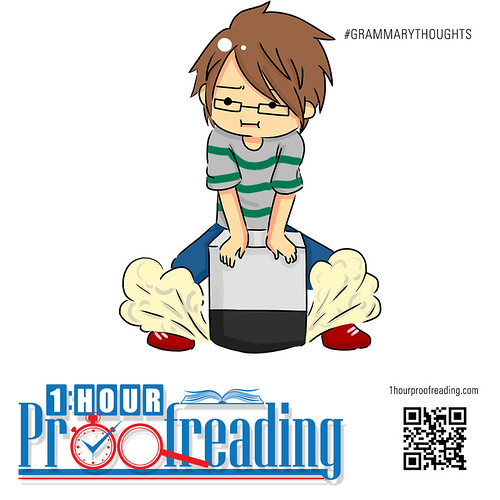Prepositions: Where Are You In The Space And Time Continuum?
Posted on Apr 14, 2016
Prepositions are little words that show relationships among other words in a sentence or a phrase. We have established that sometimes these little words can and will cause trouble in writing, whether one is an amateur or a professional writer. We have also discussed the three most confusing prepositions in existence: at, on, and in.

Now it’s time to move on to others of their kind.
Aside from the confusion that arises from at, on, and in, another thing that confounds people is the use of on and of.
For example, one can say, “The commander will give the ambassador a briefing on the attack at the mountain.” Another can say, “The earlier briefing of the councilors went swimmingly.”
Both are correct; they are fundamentally similar, but the difference will be the patterns to which they adhere. The use of on and of is based on the sentence structure.
“The commander will give the ambassador a briefing on the attack at the mountain” follows the pattern briefing on + subject.
“The earlier briefing of the councilors went swimmingly” follows the pattern briefing of + who received the briefing.
These same patterns are followed when contemplating whether to use study on or study of, marking the difference between “Her study on proper representation in media is both enlightening and convincing” and “The study of Jomini regarding the art of war could have been useful during the age of conquest.” Study on is used when it precedes the subject of the study, and study of is used when it precedes who conducted the study.
Furthermore, one of the most important things to consider when talking about prepositions is that they are always part of a prepositional phrase. Prepositional phrases have countless permutations, but they have the same formula: preposition + determiner + the object of the preposition, which could be a noun or a pronoun.
Prepositional phrases act as modifiers, making known certain information to the reader. They can describe where something is, such as in “He’s in the store”; where and when something happens, such as in “She made it in the clinic” and “I got it on Monday”; or why something happens, such as in “She laughed at the joke.” Prepositional phrases can also just give a general description of something or of what is happening, such as in “She is the girl with the dragon tattoo.”

Are you confused with these words and the rules that govern them? The 1-Hour Proofreading team will be happy to lend a helping hand.
Also check out:
- In, On, At: Are You Using Them in the Proper Place?
- In, On, At: Are You Using Them In The Proper Place? Part 2
Disclaimer: First Image is not ours. Credit to the owner.
About 1-Hour Proofreading
1-Hour Proofreading is a growing start-up offering fast and efficient editing services at a reasonable price with the assurance that the document is publication-ready the soonest you need it. Its team of highly competent professional editors is committed to helping those in need of quality editing services while facing tough deadlines.
Visit 1hourproofreading.com for more details.
Follow us:
Back to Grammary



